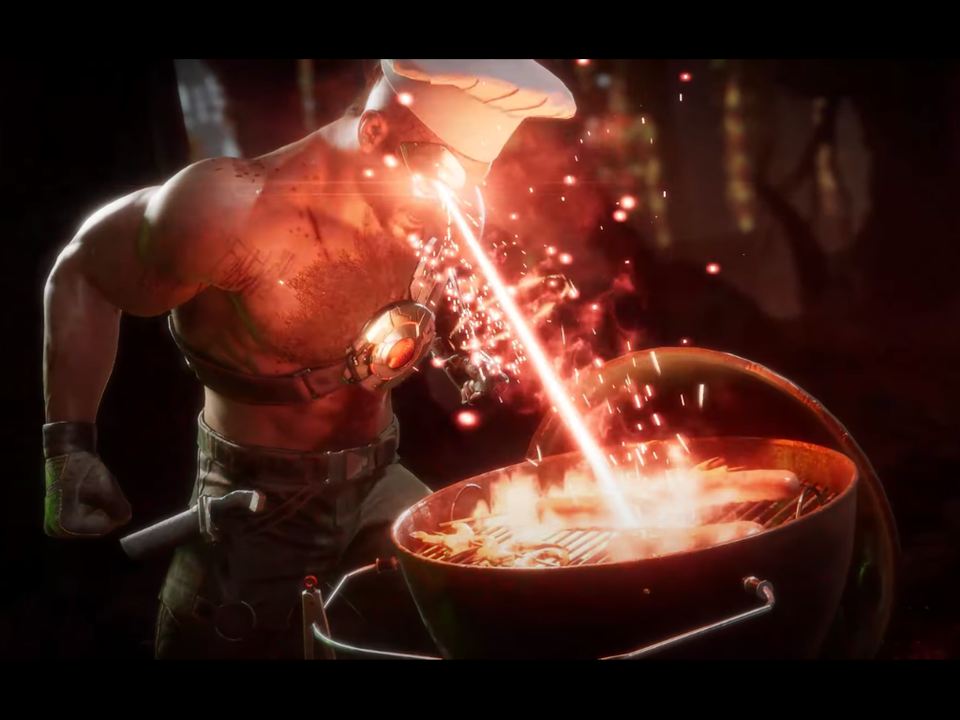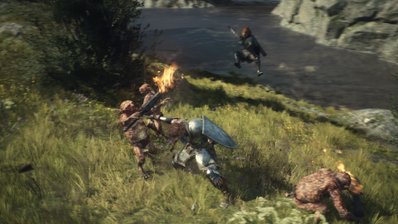


This course covers many different concepts for realtime visual effects, layering complexity as we grow our skillset and basic understanding of what's great FX in games. We'll be simulating the concept of working in a true production environment as we go, while learning the tools and software to flesh out detailed environments, player/world interactions, combat and player abilities. Expect additional deep dives in how to maximize performance, receive and address feedback, and build our VFX libraries to increase the speed and quality of our work for years to come.
Course Format
Skills Level
Duration
Q&A
Feedback
Lecture Type
What the realtime in VFX for games really means | Starting a new Unreal project | Setting up our basic folder structure | Creating our first material | Breaking down an effect, gathering reference | Building our sparks emitter & system | Substance Designer for textures | Understanding collision for particles | Understanding A or B behaviors | Creating parameters, design for future use.
Intro to Embergen for generating our blowing dust | Creating Master Materials and Instances in Unreal | Niagara emitters and systems for blowing winds | Understanding Level of Detail in Niagara | Turning our systems into tools for world set dressing | Taking what we learn to adapt to other uses
Using our dust system in Embergen as a start point for smoke | Creating our smoke material instance
| Creating fire spritesheets in Embergen
| Adapting our master material for fire
| Creating our Niagara system and emitters for fire, smoke, and embers with repurposed spark assets
| Optimizing our fire system
| Building a campfire blueprint for level designers
Intro to VFX set dressing and how it impacts player decision making | Understanding overdraw | Creating a packed noise map in Substance Designer | Creating a heat distortion master material | Introduction to world position offset/vertex animation | Creating a heat distortion asset | Adjusting our VFX to the world's needs
Creating a player to world footstep interaction system | Intro to surface materials in Unreal | Creating a footprint system in Substance Designer | Creating decal materials (master & instance) | Repurposing assets for supporting VFX | Creating walk and run variations | Adding jump/landing VFX
Breaking down what goes into a weapon VFX suite | Gathering & adapting reference footage | Using Substance Designer & Embergen for assets | Creating a weapon muzzleflash Niagara system | Creating a weapon projectile Niagara system | Creating a weapon impact Niagara system | Creating testing tools (weapon turret blueprint) | Adapting our test map to include a firing range for our tools | Introduction to feedback best practices
Addressing feedback on our weapon VFX | Creating a unique variation of our weapon impact VFX for a new surface type | Adding functionality to our turret tools for surface material responses | Introduction to Player Abilities VFX | Designing our Player Ability, breaking it down into small parts | Creating Functional VFX and understanding the foundation elements | Enhancing our Player Decision Making through shape language and motion | Understanding timing
Addressing final feedback on our Player Ability VFX | No-wake polish tasks (polish without impacting others) | Digging into other types of player abilities and how we can take what we've learned and apply it towards those

Omar Espinosa is a computer graphics specialist and cinema aficionado with a strong focus on VFX, lighting and rendering. His vast experience in the games and film industry has allowed him to contribute in major productions with studios such as Capcom, Polygon Pictures and Square Enix in Japan while also, along with a group of friends, developed the indie game RKGK. He is currently leading an amazing team of technical and VFX artists at UNSEEN, working on a brand new IP called Kemuri.
Instructor's Gallery



GET ONE YEAR ACCESS AND TRANSFORM YOUR ARTISTIC JOURNEY
Take your CGMA learning further with CGMA+, a companion add-on featuring
over 70 new, stand-alone workshops—more than 250 hours of content you
won’t find in your core CGMA program. You’ll learn from multiple
instructors, each with a unique style, so you can see how different
artists approach the same subject in various ways. This additional
material builds on what you’re already studying, broadening your
perspective and helping you look at topics from fresh angles. It’s a
straightforward way to strengthen your studies and boost your skills.

Even though our courses are the most affordable for the quality of education, these finance options allow you to focus on your goals instead of the barriers that keep you from reaching them.
3x Payments
$249.67
2x Payments
$374.50
Full payment
$749

Receive personalized feedback on all assignments from the industry’s top professionals.
Enjoy lifetime access to the spectrum of course content, including lectures, live Q&As, and feedback sessions.
Show off your Certification of Completion when you turn in 80% of course assignments.
Learn anywhere, anytime, and at your own pace with flexible, online course scheduling.
We can help with admissions questions, portfolio review/course recommendations!